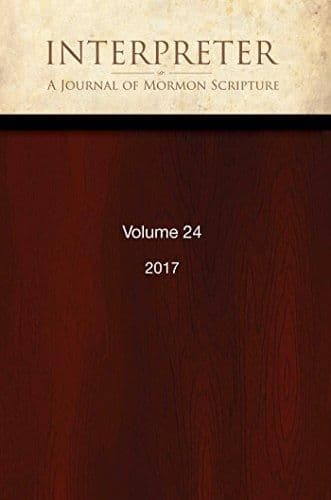Journal
Lehi, Joseph, and the Kingdom of Israel

Title
Lehi, Joseph, and the Kingdom of Israel
Publication Type
Journal Article
Year of Publication
2019
Authors
Crapo, Richley (Primary)
Journal
Interpreter: A Journal of Latter-day Saint Faith and Scholarship
Pagination
289-304
Volume
33
Abstract
I present evidence of two priesthoods in the Jewish Bible: an Aaronite priesthood, held by Aaron and passed down through his descendants; and a higher Mushite priesthood, held not only by Moses and his descendants but also by other worthy individuals, such as Joshua, an Ephraimite. The Mushite priests were centered in Shiloh, where Joshua settled the Ark of the Covenant, while the Aaronites became dominant in the Jerusalem temple. Like Joshua, the prophet Lehi, a descendant of the northern tribe of Manasseh, held the higher priesthood. His ministry, as recounted in the Book of Mormon, demonstrates four characteristics that show a clear connection to his ancestors’ origins in the northern Kingdom of Israel: (1) revelation through prophetic dreams, (2) the ministry of angels, (3) imagery of the Tree of Life, and (4) a positive attitude toward the Nehushtan tradition. These traits are precisely those which scholarship, based on the Documentary Hypothesis, attributes to texts in the Hebrew Bible that originated in the northern Kingdom of Israel rather than in Judah.
Subject Keywords
Bibliographic Citation
Terms of use
Items in the BMC Archive are made publicly available for non-commercial, private use. Inclusion within the BMC Archive does not imply endorsement. Items do not represent the official views of The Church of Jesus Christ of Latter-day Saints or of Book of Mormon Central.